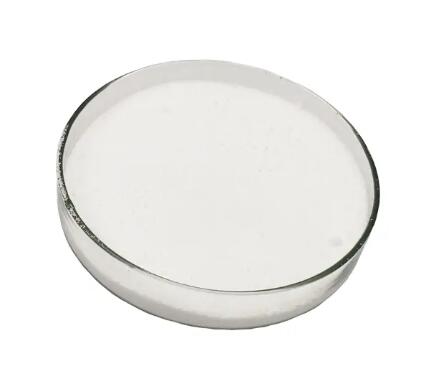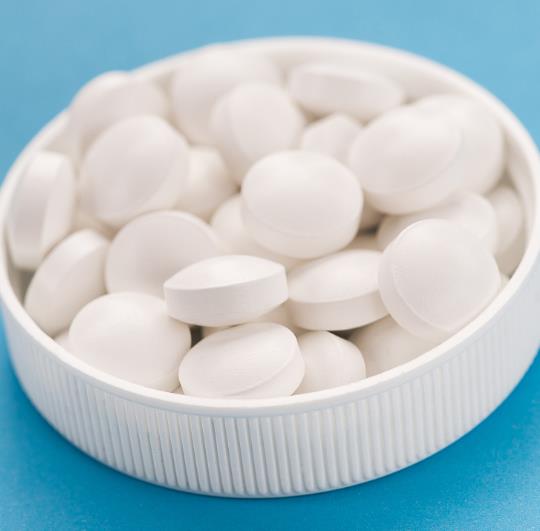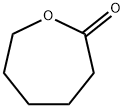Exploring ε-Caprolactone: A Versatile Monomer for the Chemical Industry
Nov 5,2024
ε-Caprolactone, also known as 6-caprolactone, is an aliphatic lactone with great application value.
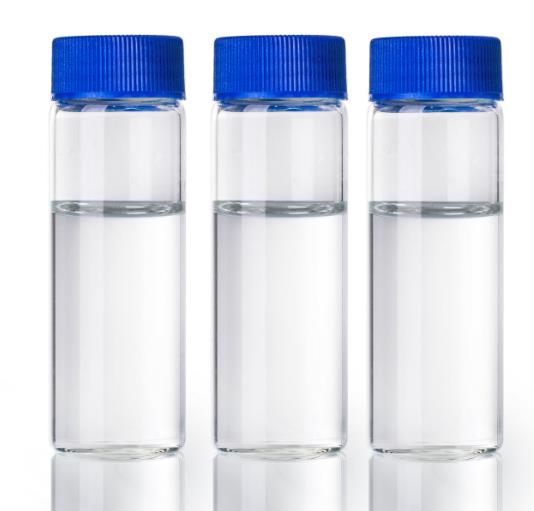
Figure 1 Characteristics of ε-Caprolactone
Uses
Polycaprolactone (PCL), the product of ε-caprolactone ring-opening polymerization, has good biodegradability, biocompatibility and polymer compatibility. ε-Caprolactone can also be copolymerized with other monomers such as lactide, and polycaprolactone can also be blended with a variety of organic polymers to obtain a variety of high-performance polymer materials. Such materials can be used in biomedicine, environmentally friendly packaging and other fields, including drug release carriers, absorbable surgical sutures, food packaging materials, etc.
Caprolactone monomer is the main raw material for the production of polycaprolactone degradable plastics. With its excellent biodegradability and biocompatibility, polycaprolactone degradable plastics have broad market prospects in the fields of biodegradable materials, medical devices, drug carriers, 3D printing, etc. After the ring opening of caprolactone, caprolactone derivatives such as caprolactone polyols can be obtained. As a modifier, it is widely used in the modification of polyurethane, acrylic acid, polyester, epoxy resin and other materials, making them have excellent flexibility, impact resistance, weather resistance, solubility resistance, water resistance and improved color.
Main application areas
(1) Toughening modification of epoxy resin to improve the performance of epoxy resin products (mainly toughness and impact resistance).
(2) It can also be used as an excellent strong polar solvent to dissolve some insoluble resins.
(3) ε-caprolactone is an important chemical intermediate that can be used to synthesize a variety of polymers with different properties, such as polycaprolactone degradable plastics and polycaprolactone polyols (and further used in the synthesis of polyurethane products).
Synthetic route
At present, the main industrial production method of ε-caprolactone is the Baeyer-Villiger oxidation method, that is, using organic peracid as an oxidant to oxidize cyclohexanone to obtain ε-caprolactone.
- Related articles
- Related Qustion
- ε-Caprolactone: Applications in Nanotechnology and its Toxicity Oct 23, 2024
ε-Caprolactone-modified polyethylenimine nanocarriers enhance siRNA delivery, demonstrating minimal toxicity and high biocompatibility, making them crucial for safe gene therapy.
- ε-Caprolactone-based craft copolymers: synthesis and applications in the biomedical field Sep 15, 2023
ε-Caprolactone-based graft copolymers are high-performance plastics with excellent properties used in drug delivery systems and vaccines, offering controlled release and improved immune responses.
- What is ε-Caprolactone?Uses_Chemical reaction_Safety Sep 30, 2020
ε-Caprolactone or simply caprolactone is a lactone (a cyclic ester) possessing a seven-membered ring. Its name is derived from caproic acid. This colorless liquid is miscible with most organic solvents and water.
ε-Caprolactone
502-44-3You may like
- 6-Hexanalactone
-
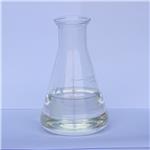
- $0.00 / 1KG
- 2024-10-30
- CAS:502-44-3
- Min. Order: 1KG
- Purity: 99%
- Supply Ability: 500000kg
- 6-Hexanolactone
-

- $10.00 / 1KG
- 2024-10-25
- CAS:502-44-3
- Min. Order: 1KG
- Purity: 99%
- Supply Ability: 10 mt
- ε-Caprolactone
-
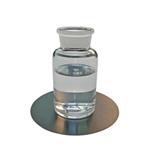
- $10.00/ kg
- 2024-10-23
- CAS:502-44-3
- Min. Order: 1kg
- Purity: 99%
- Supply Ability: 10 tons




